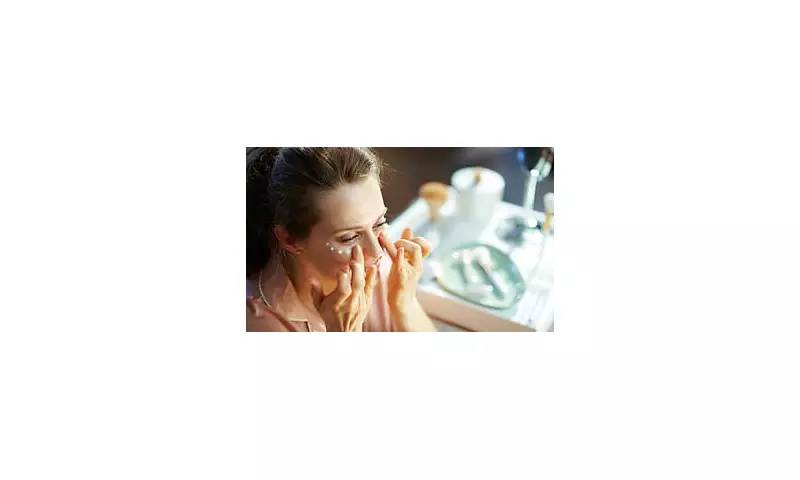
The Great Sunscreen Debate: Chemical vs Mineral Protection
As summer approaches and Brits prepare to enjoy the warmer weather, the crucial question of sunscreen selection becomes increasingly important. The choice between chemical and mineral sunscreens represents one of the most significant decisions in modern skincare, with each option offering distinct benefits and considerations for UK consumers.
Understanding the Fundamental Differences
Chemical sunscreens work by absorbing UV radiation through organic compounds that convert sunlight into heat, which is then released from the skin. These formulations typically contain ingredients like avobenzone, oxybenzone, and octinoxate, creating lightweight textures that blend seamlessly without leaving a white cast.
Mineral sunscreens, often referred to as physical blockers, utilise natural minerals like zinc oxide and titanium dioxide to create a protective barrier on the skin's surface. These ingredients physically reflect and scatter UV rays away from the skin, providing immediate protection upon application.
Expert Insights on Safety and Effectiveness
Leading dermatologists emphasise that both sunscreen types provide excellent protection when formulated and applied correctly. "The best sunscreen is ultimately the one you'll use consistently," explains Dr. Sarah Mitchell, a London-based consultant dermatologist. "For daily urban protection in the UK's variable climate, chemical options often appeal for their cosmetic elegance, while mineral formulas provide gentler alternatives for sensitive skin."
Choosing the Right Protection for British Skin
Several factors should influence your sunscreen selection:
- Skin Sensitivity: Mineral sunscreens are generally better tolerated by reactive or eczema-prone skin
- Activity Level: Water-resistant formulas are essential for swimming or sports
- Daily Use: Lightweight chemical options often work better under makeup
- Environmental Concerns: Reef-safe mineral options benefit both skin and ecosystem
Application Techniques for Maximum Protection
Proper application proves equally important as product selection. Experts recommend:
- Apply sunscreen as the final step in your skincare routine, before makeup
- Use approximately two finger-lengths of product for face and neck
- Reapply every two hours during sustained sun exposure
- Don't forget often-missed areas like ears, hairline, and back of neck
The Future of Sun Protection Technology
Innovation continues to revolutionise the sunscreen market, with hybrid formulas combining mineral and chemical technologies emerging as popular choices. These advanced products offer the broad-spectrum protection of minerals with the lightweight feel of chemical options, addressing consumer demands for effective yet cosmetically elegant solutions.
Regardless of your choice, consistent daily use remains the most critical factor in protecting against premature ageing and reducing skin cancer risk. Consult with a dermatologist to determine the optimal SPF strategy for your individual skin needs and lifestyle.





